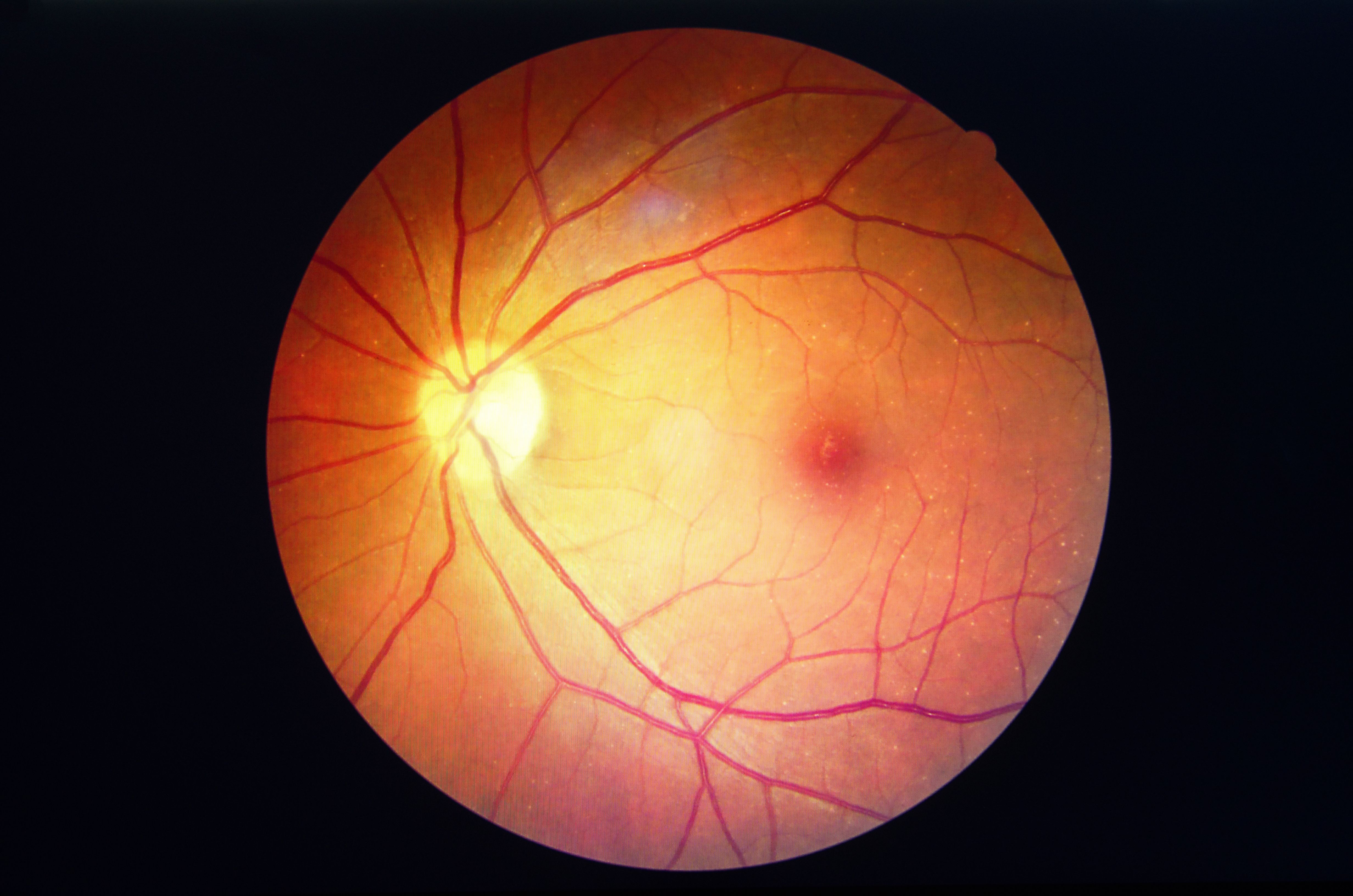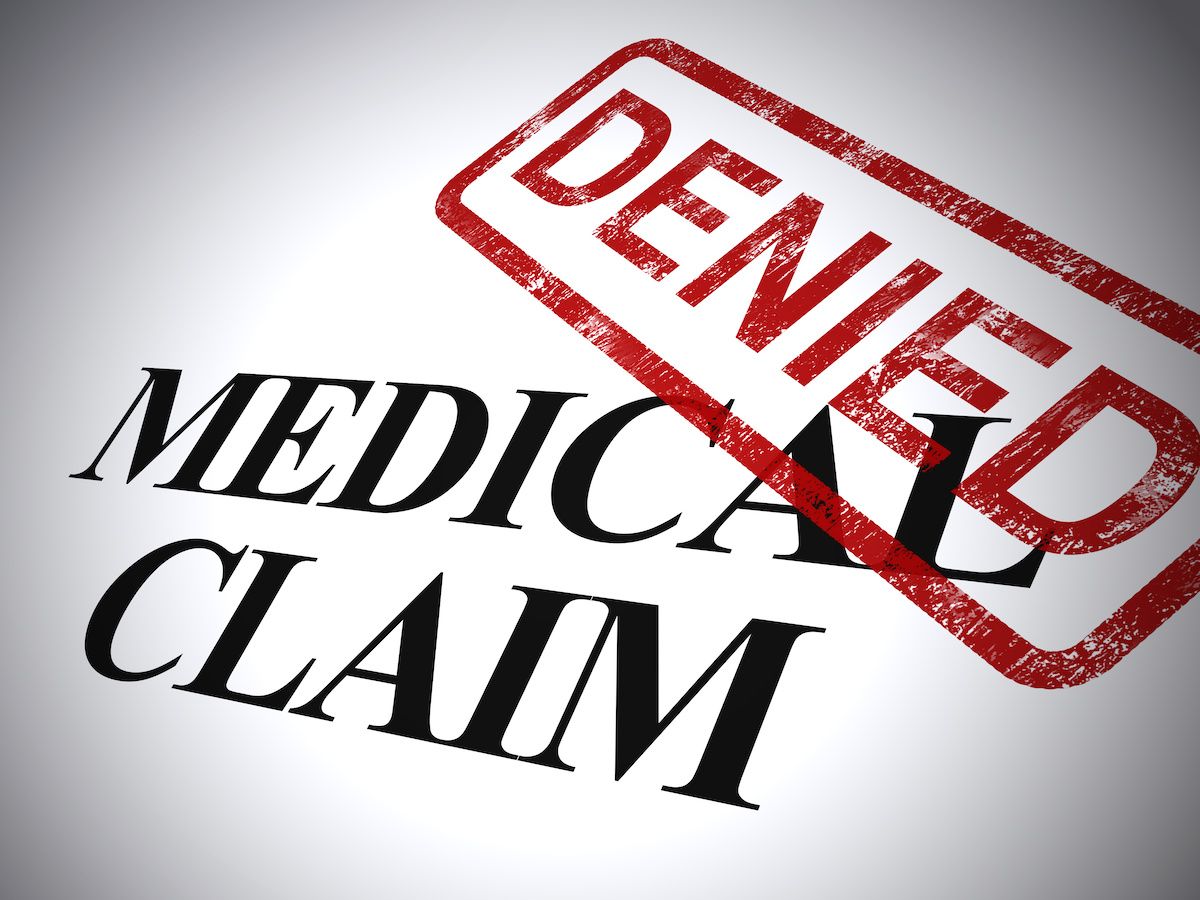Article
Patient collection best practices to boost your bottom line
Author(s):
It’s important to understand current challenges that physician practices are facing with patient collections.
Healthcare practices have experienced challenges since the onset of COVID-19. And in 2023, many health systems are expected to face financial difficulties as a result of staffing shortages, reduced patient volumes and rising inflation. As your healthcare practice evaluates priorities for the year ahead, focusing on the patient payment process can help boost your bottom line.
First, it is important to understand current challenges facing patient collections.
High-deductible health plans: Medical practices historically relied heavily on payments from insurance companies, with patients often only responsible for a small portion of their bill from employer-sponsored healthcare plans. But the cost of care continues to rise, and many employers now offload the expense rather than absorb it, leading patients to adopt high-deductible healthcare plans (HDHPs) for lower monthly premiums. In fact, 52.9% of American private-sector workers were enrolled in HDHPs in 2020, up from 39.4% in 2015, according to a ValuePenguin analysis. As a result, a higher portion of the payment falls to patients until they meet their deductibles; the average annual out-of-pocket maximum for single coverage is $5,328 for HDHP/HRAs and $4,422 for health savings account-qualified HDHPs. This significant burden for patients can lead to unforeseen financial struggles for them and lack of or delayed payments for practices.
Antiquated processing: Many practices still use outdated methods, such as mailed statements, to collect patient payments. Yet most consumers are accustomed to doing everything from their mobile devices, including making payments with the tap of a button. To this point, many online stores retain billing information or embrace Apple Pay or Google Pay to simplify the checkout process. If healthcare practices don’t adopt these improved practices, they risk losing prospective or existing patients. Case in point: 44% of millennials and 29% of baby boomers would choose a medical provider because they offered digital solutions via mobile. Yet 87% of providers still use paper and manual processes for collections.
Confusing payment processes: Patients often struggle to interpret medical bills and understand what portion they owe. Furthermore, they often have to jump through hoops, such as sending in a check or placing a phone call, to make a payment. It is no wonder these payments are often outstanding for months on end and require multiple follow ups.
To set your practice apart, consider your patient payment experience. This is often one of the highest touch points a patient has with your practice. Making it seamless can not only improve the patient experience, but also help your practice collect payments more quickly. It’s a win-win.
Here are three best practices to consider today:
Communicate up front
A recent study by the US Bank revealed that 66% of adults in the U.S. worry about unexpected medical bills. While cost of service is a complex topic, it’s important for your practice to be transparent with patients. Communication should occur at the time of check in, during the healthcare process and at the end of service, as needed. If your practice can’t answer a question directly, it is important to provide the patient with information about how to contact their insurance company to estimate what their cost will be. While you might not be able to answer every question, clear and open communication can help ease the mental burden of a surprise medical bill.
Collect at time of service
Research shows that practices only collect 50% to 70% of patient payments after patients leave the office. Therefore, collecting at the time of service can help to improve your practice’s finances. Empowering your front office staff with accurate information can help them have conversations with patients around payments. Some payment software solutions show the amount due and any outstanding balances at a glance at the time of service. Some practices implement a payment terminal to help with collection efficiency and manage online and offline sales, refunds and payouts. A payment terminal not only simplifies the process for patients, but also saves time for your billing and administration teams by reducing errors from manual entries.
Make it easy for patients to pay
Beyond time-of-service payments, patients are often still responsible for a significant portion of the cost of care. Evaluate how your practice delivers the billing statement to patients. Statements should be easy to read and balances should be easy to understand. Patients should be able to clearly see what they owe and how to pay it. Modern patient payment solutions can produce statements that include a QR code, allowing patients to scan and access a secure portal to make payment. Some have features that allow patient payment information to be sent via text message, email or traditional mail, based on a patient’s preference. The result benefits everyone: 44% of patients pay medical bills fasterwhen they receive digital or phone notifications about billing, and 49% would pay by text if given the option. Modern payment solutions can also automate reminders on a schedule the practice determines until payment is received.
Improving your patient payment process in 2023 is important to maintain a positive relationship with your patients and with your practice’s bottom line. Leveraging modern patient payment solutions can help your staff respond to the most common challenges and easily navigate an ever-changing landscape.
Anthony Comfort is vice president of product, revenue cycle at Tebra. Tebra was formed in 2021 and provides an all-in-one practice success platform to build the independent healthcare practices of the future. Tebra is the digital backbone of a practice’s success and features Kareo Patient Collect, an automated, consumer-centric, unified patient payments solution resulting in happier patients and greater, faster revenue.
Newsletter
Stay informed and empowered with Medical Economics enewsletter, delivering expert insights, financial strategies, practice management tips and technology trends — tailored for today’s physicians.





